Investigating Curtain Linings
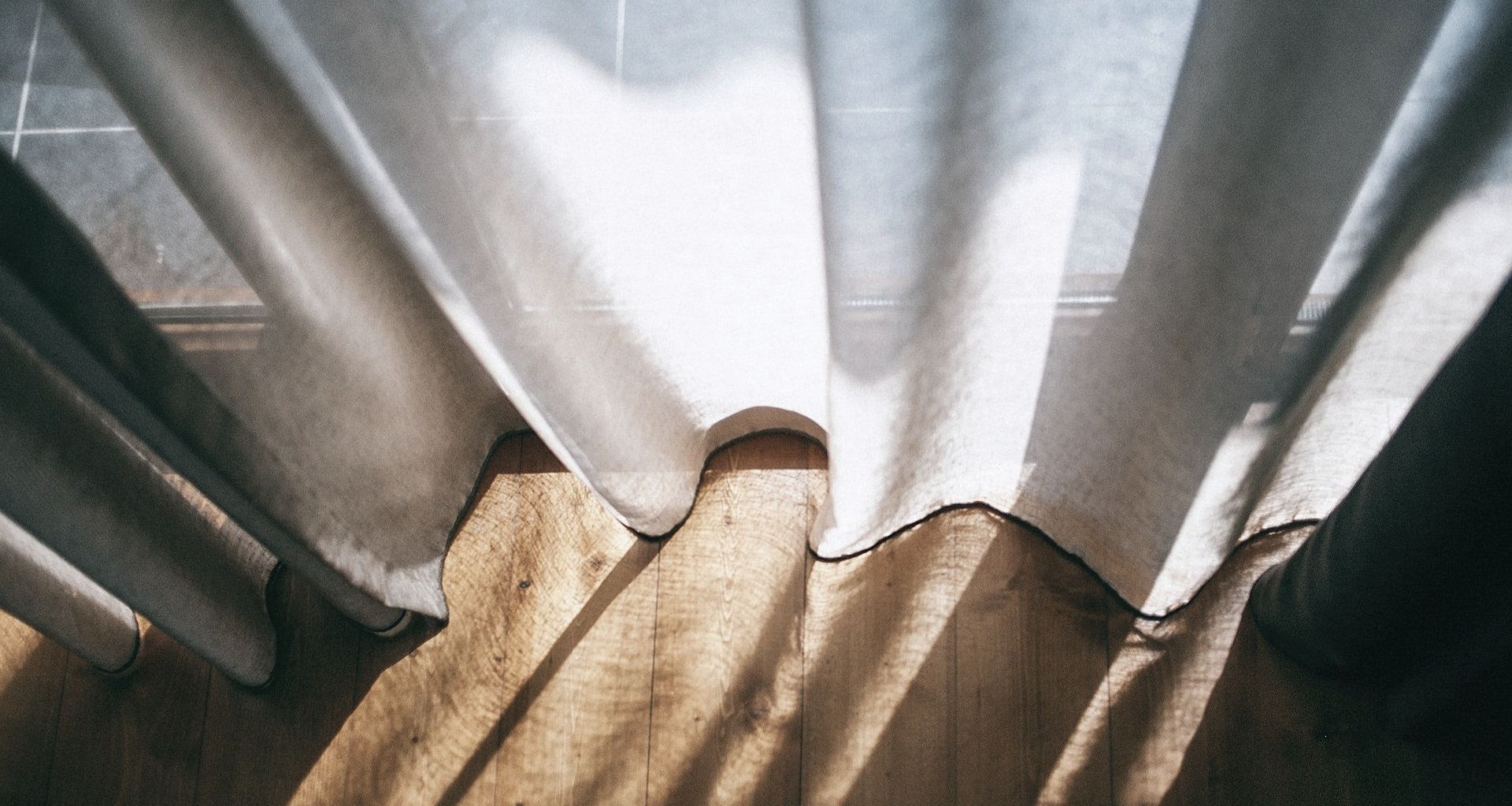
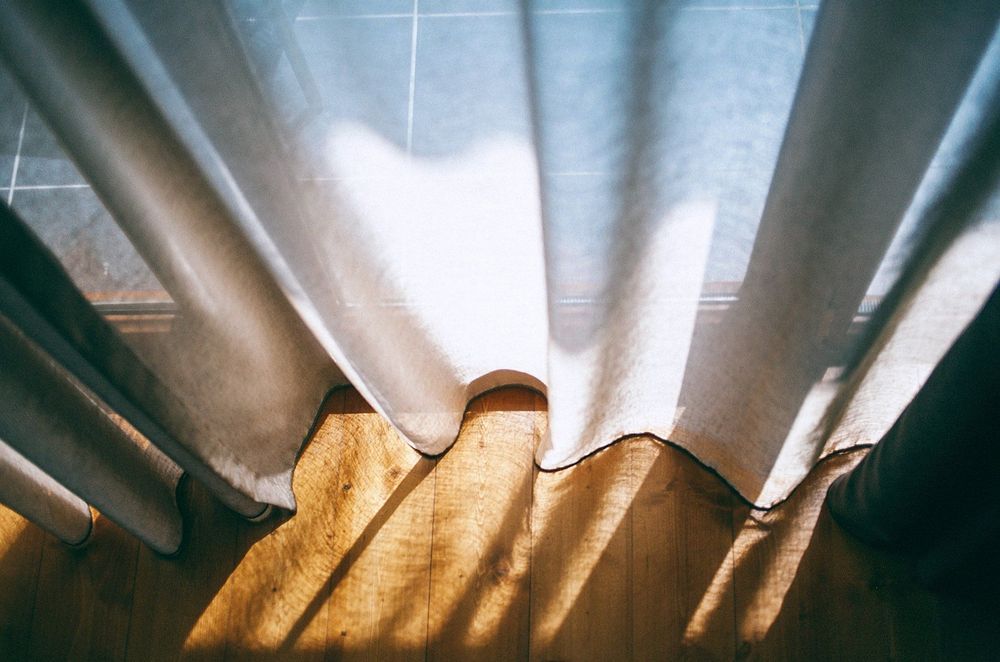
The insulating factor provided by having a separate lining comes from creating a pocket of air between the glass and the lining and then the lining and face fabric. The cool air is trapped between the layers of fabric creating a thermal barrier to prevent cool air from entering the room.
Linings also help protect the face fabric you have selected for your room. Our sun in New Zealand is particularly harsh on fabrics and many fabric suppliers will only guarantee fabrics for one-three years. Lining is a relatively cost effective addition to help protect your curtain fabric investment and a good quality lining will stop UV rays from fading your fabric over time.
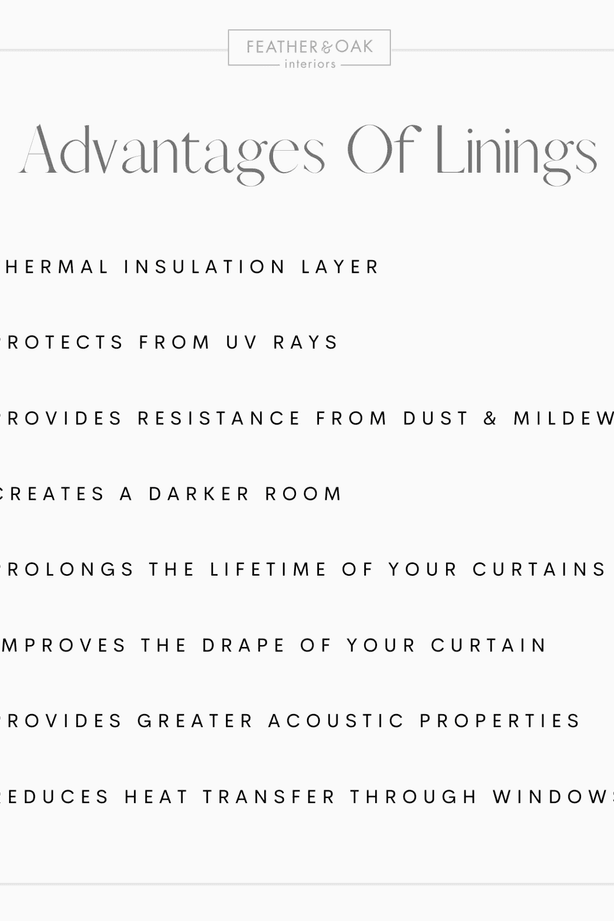
Advantages of Lined Curtains
Advantages to having good quality lined curtains are:
- A lining creates a thermal insulation layer
- Lining protects drapes and soft furnishings from our harsh sun and damaging UV rays
- Lining can provide resistance to dust and mildew
- A dark room environment can be created with linings (using a blackout or dimout lining fabric)
- Lining prolongs the appearance and lifetime of your curtains as it protects the face fabric from harmful UV rays
- Lining can improve the drape in a curtain once installed
- Linings on your curtains can provide greater acoustic properties with more layers
- In hot conditions, lining can reduce the heat transfer through windows and into the room
Curtains can be lined with a single fabric or we can manufacture interlined curtains which include a third layer of fabric that sits between the lining fabric and face fabric. Interlining curtains can provide additional benefits such as increased thermal protection, volume to the body of the drape and acoustic advantages.
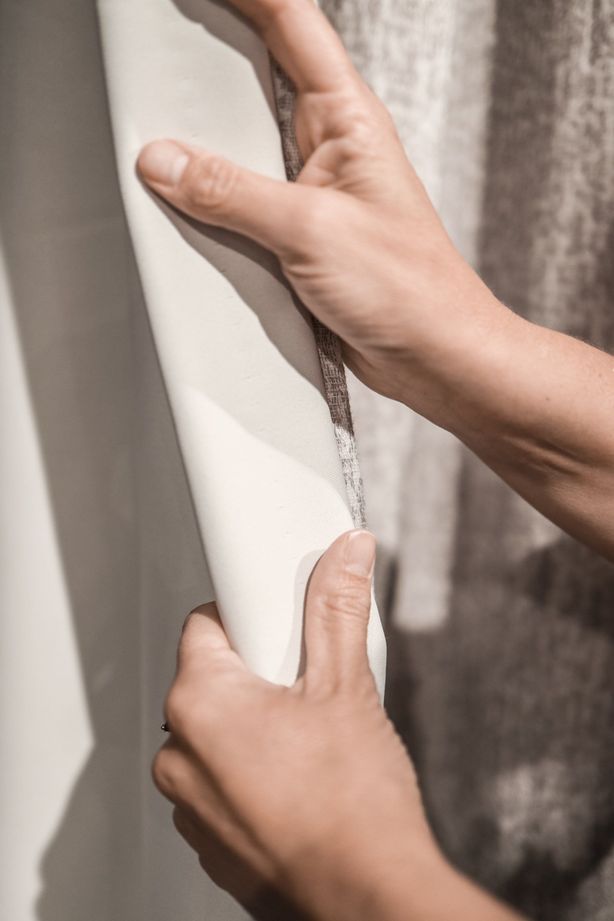
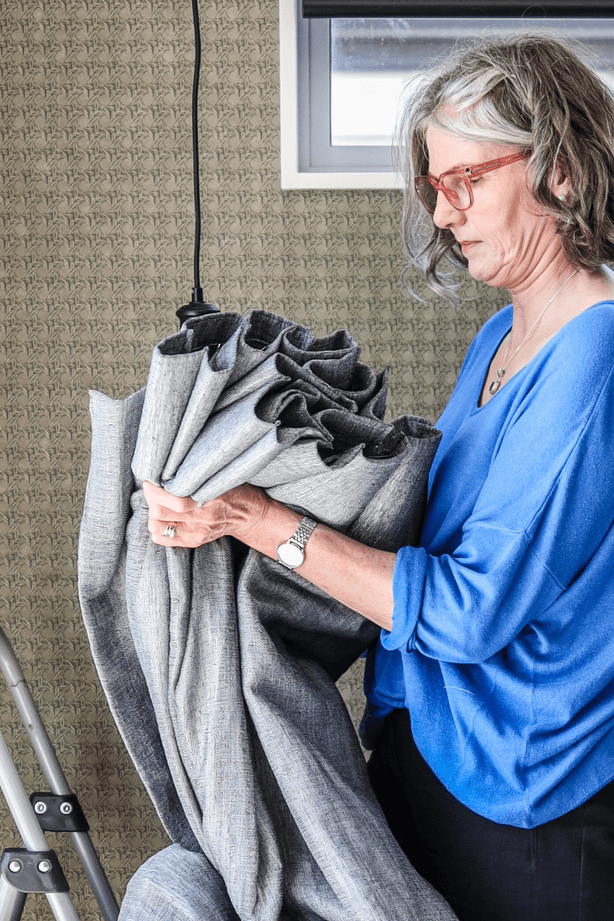
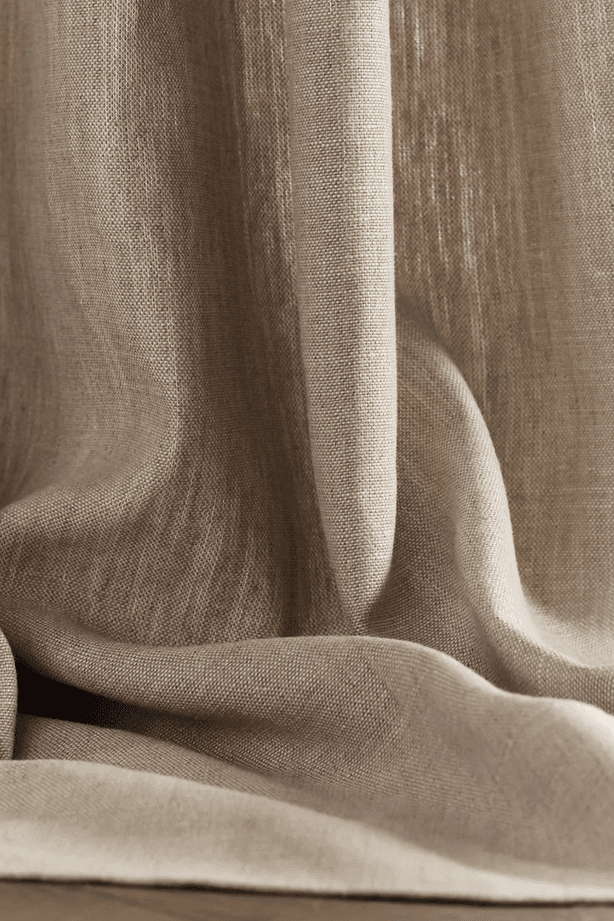
Types of Curtain Linings
There are several different types of lining and the correct selection will depend on the individual characteristics of the lining fabric and face fabric as well as the environment where the curtains will be hung
Thermal Lining
One layer (1 pass) of coated acrylic suede compound is known as thermal lining. Thermal lining offers the advantages of insulation and energy savings. With thermal lining, a certain amount of light will pass into the room with this process and construction of the fabric. As with all good quality lining fabric, thermal lining will protect face fabric from fading but they are also treated to resist mildew.
Thermal lining is manufactured via a process that involves a thermal coating being applied directly to the reverse side of the fabric to reduce UV rays whilst increasing the insulation.
Dimout / Triple Weave Lining
Triple weave linings differ from coated linings as the ‘dimout’ quality is achieved through the woven construction of the fabric. This lining type is a popular choice in commercial and residential properties due to the washability, noise reduction characteristics and affordability. The fabric generally has a soft, thick handle which can add fullness to lighter weight fabrics.
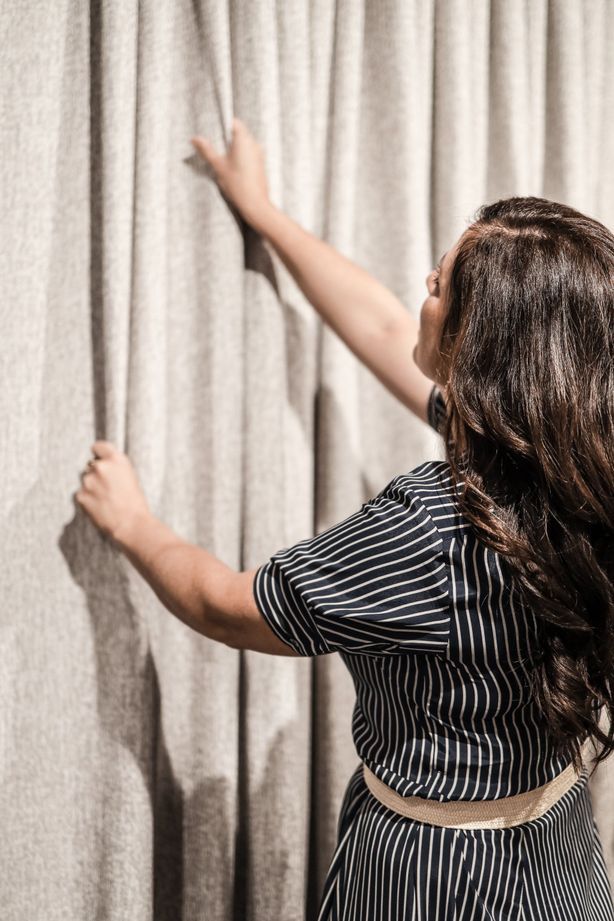
Interlining
Interlining (also known as Bumpf) adds body and fullness to a curtain. The composition is typically either a polyester/viscose/cotton blend or 100% napped cotton. Interlining improves the acoustic properties of a room through noise reduction and increases insulation benefits by providing an extra thick layer of fabric in the overall construction of the curtain (the curtain is made with three layers – the face fabric, interlining and normal lining).
Silicone Lining
Technological advancements have led to linings being made from thin layers of silicone compound. The benefits to this are a soft handle and the fabric not holding or creating loose dust as experienced with acrylic suede lining. Silicone backed lining is a three-layer coated product with protective benefits from the sun and moisture. This lining is also washable but cannot be dry-cleaned.
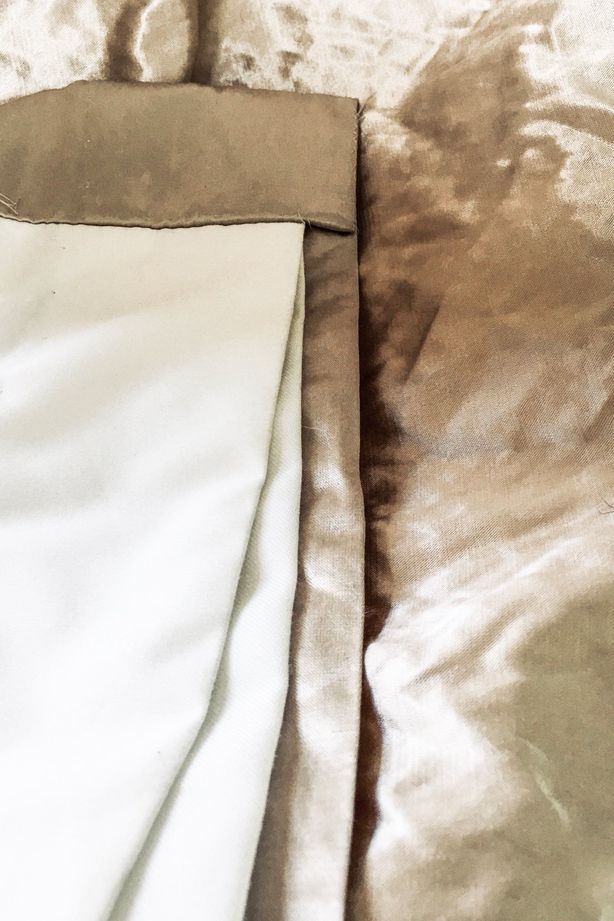
My Experience - Interlining Works!
We hung new curtains in our living areas last year and elected to try interlined curtains. I wanted the fullness of the interlining to work with my pretty fabrics but also the warmth! Although we have double glazing, the windows are quite old and the seals are beginning to perish letting in the cooler air. I can speak from the experience of last winter and let you know the interlining made a definite difference! The rush of cold air trapped between the curtains and windows was definitely noticable when we opened the curtains in the mornings. For these living areas, because they are typically warmer than the older part of the house, we used a thermal lining fabric for the middle layer with a sateen poly-cotton lining for the lining fabric facing the window.
This winter we are going to replace some curtains in the bedrooms. I am going to interline these curtains (particularly on the south and east side of the house) with bumpf which will add a cosy layer to the curtains and make a noticable difference to limiting the access of cool air into the room. Another trick that I used in the living areas (and will use in the bedrooms) is to hang the curtains as high as possible and give them a slight puddle on the floor so that the cool air cannot escape from the window area into the room.
We love curtains and fabrics and have a lot of experience to help you on your window furnishing journey. If you have any questions about lining types or want to talk about different linings in your home then please get in touch. We would love to help!
